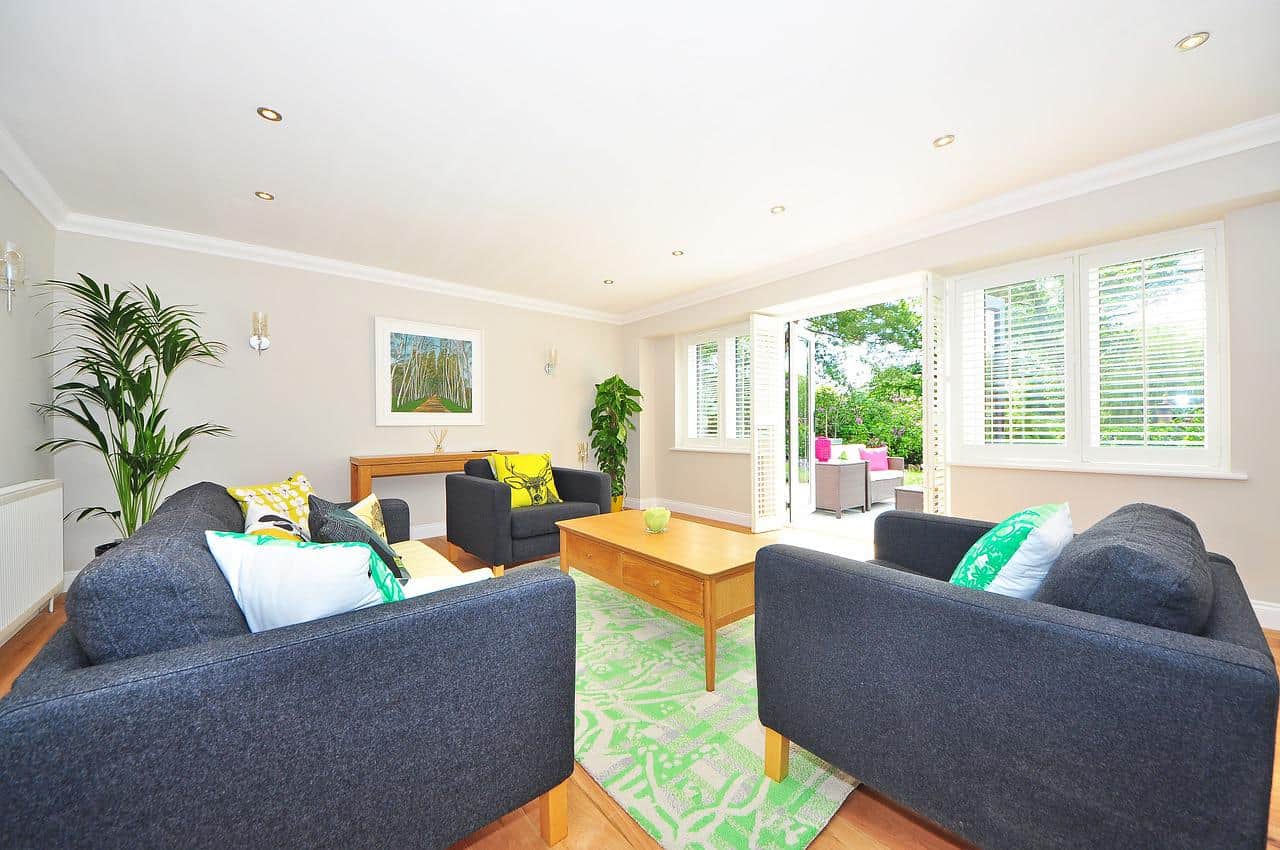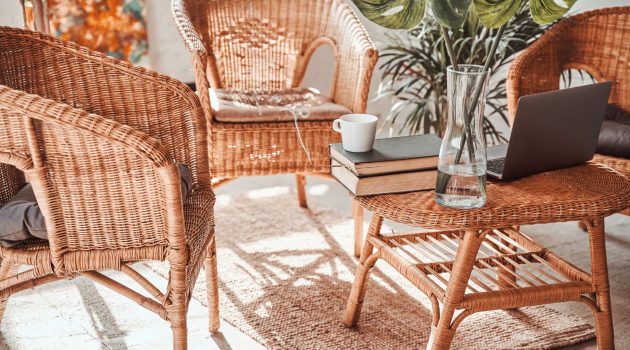Decorating your home can be exciting yet stressful at the same time. Many factors need to be considered when picking out furniture, especially if you’re going for a specific theme in your house.
Most homeowners usually only consider the price, durability, and design of the furniture, but it also needs to fit inside their homes perfectly.
Keep reading if you need help picking the right furniture for your home.
1. Choose a Theme
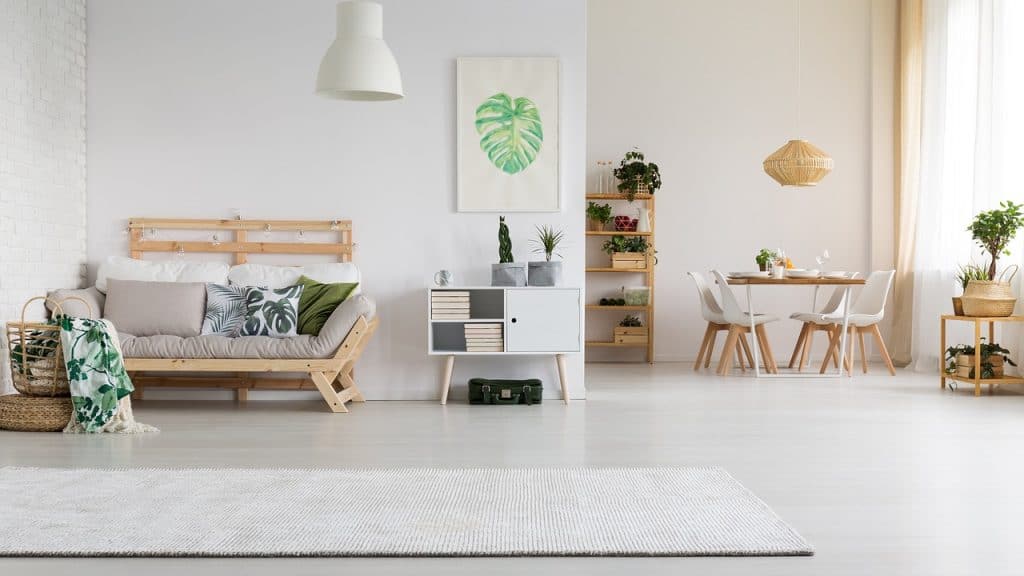
You can’t just randomly start picking out furniture and hoping it will magically piece together well in your rooms.
Before you start decorating your home, you need to pinpoint what specific themes you want in a particular room.
This can easily be done by selecting a specific style for your house and then applying that style to all of the other rooms in your home.
Doing so will ensure there is cohesiveness throughout the home and that the results will be aesthetically pleasing.
Having a theme will also help you choose furniture that perfectly complements the theme of your home.
2. Design a Layout
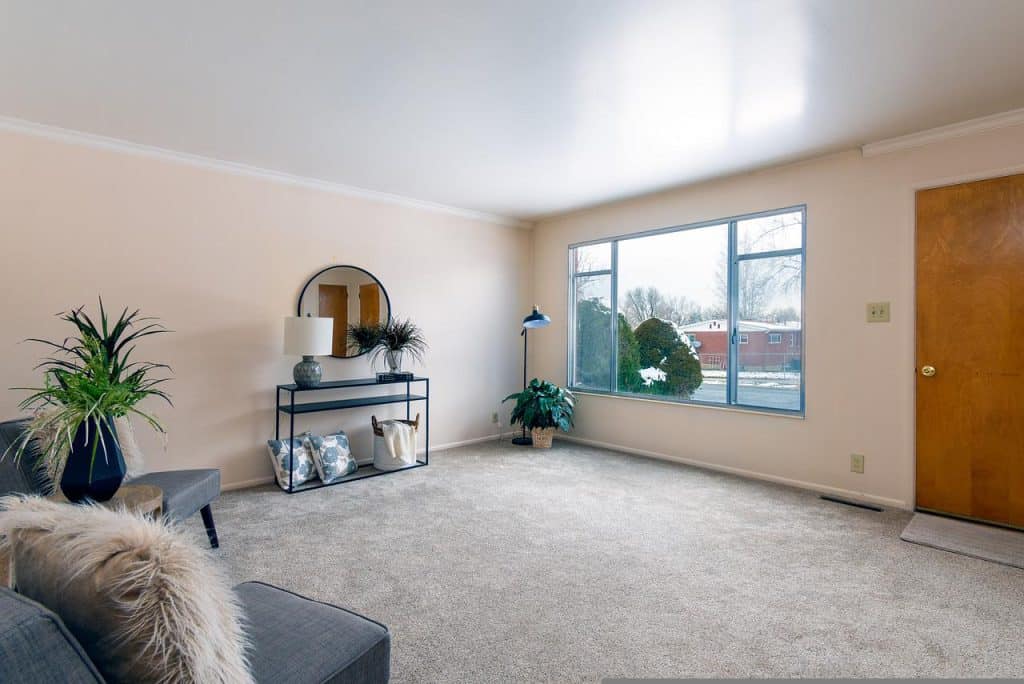
Having a layout designed for each room will help you factor in other elements like lighting, spacing, and dimensions of the room.
Once you have a specific layout in mind, you can pick out furniture that is perfectly suitable for the room.
It’s also important to consider the space in the room and make sure it’s not overcrowded.
For instance, buying large pieces of furniture for relatively smaller rooms is pointless as they will crowd the room and make it appear even smaller.
3. Consider Different Textures
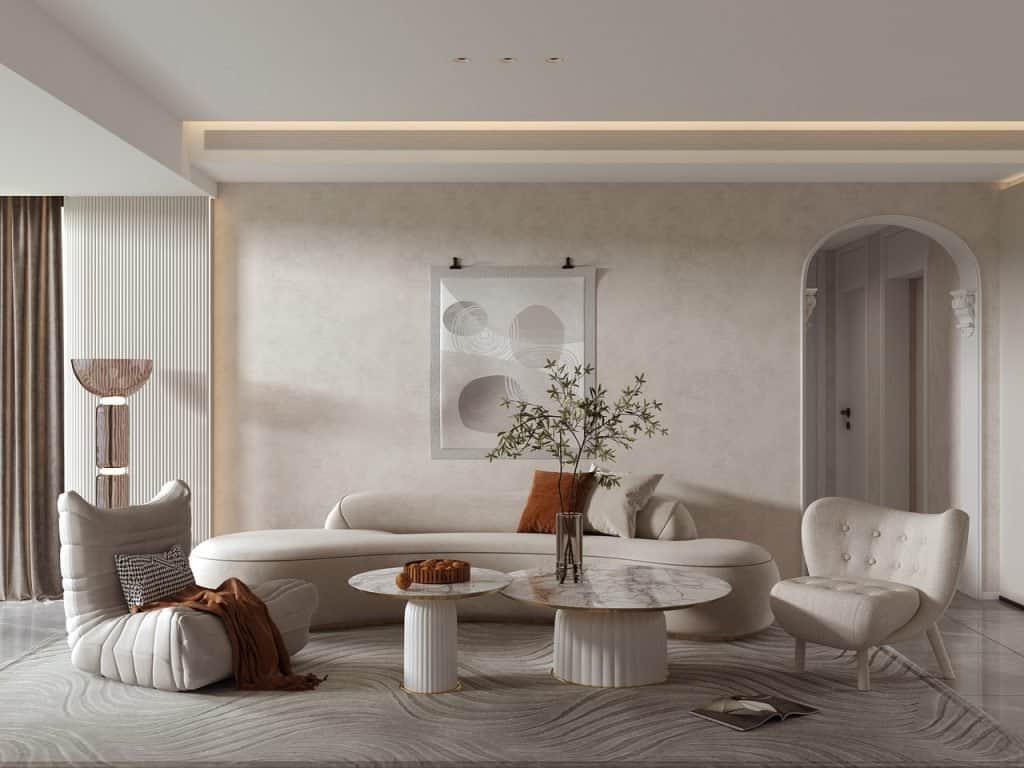
Before you purchase any furniture for your home, consider mixing and matching furniture pieces of different textures and textiles in your living space.
This is particularly important when it comes to certain furniture pieces such as a sofa or a bed.
Since these pieces are meant to be more durable and long-lasting, it’s essential to consider the texture of these furniture items to make sure that you’re getting your money’s worth.
4. Lighting
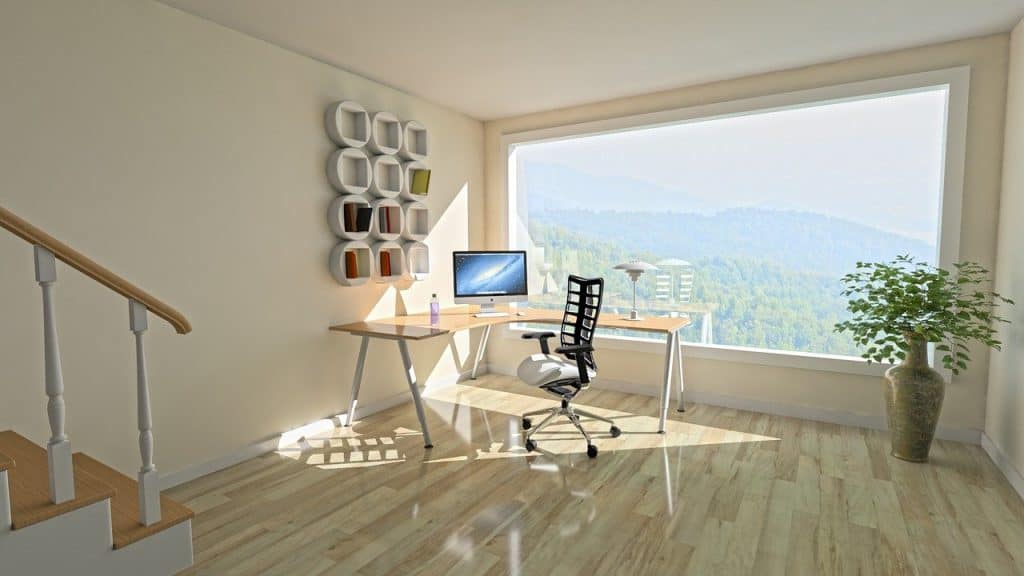
One element that most homeowners fail to consider is the lighting of the room that they are decorating. You can use a mixture of table lamps and overhead lighting.
Lighting in various areas of the room will make it appear properly balanced and put together. The lighting of a particular room also determines the type of furniture that is appropriate to use.
For instance, in a room with lots of natural lighting, it’s better to use more toned-down furniture pieces as opposed to metal hangings.
5. Find Balance in the Room
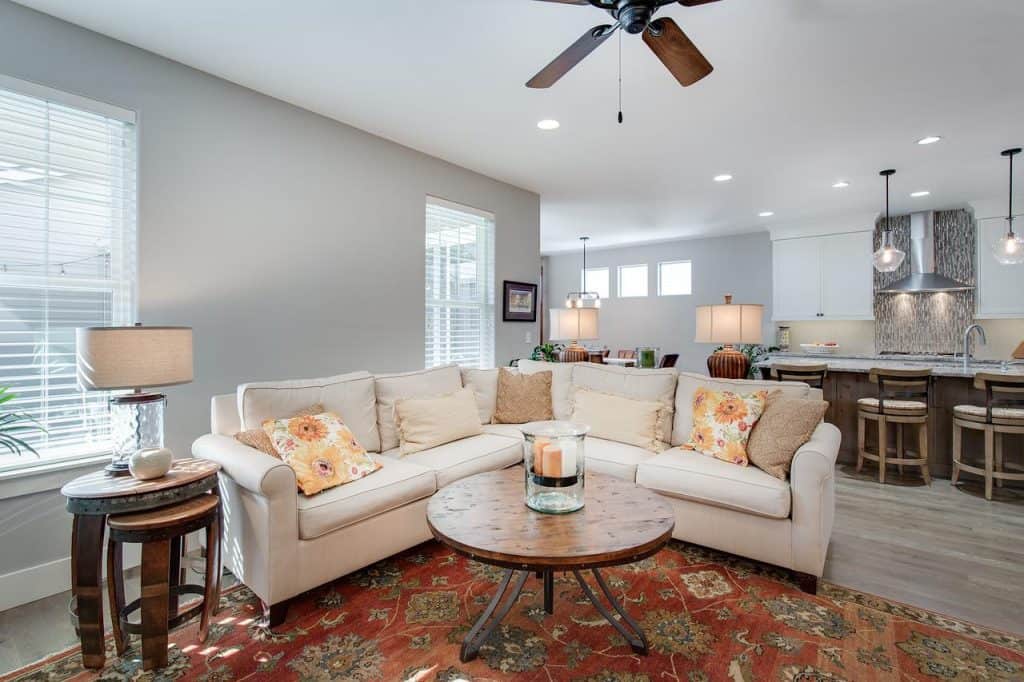
Once you’ve got your furniture, it’s time for the most important part; placing the furniture.
Don’t put furniture against the walls or make large pieces of furniture such as sofas sit by themselves.
The sizes and placement of the table should be considered when decorating your home. There should be enough open space in the room to walk around and not have the place feel cooped up.
It can also help to have different shapes in the room. For instance, if all the furniture items in the room are straight-edged, a round coffee table will contrast nicely.
Piecing all the furniture together to create balance in the room can be daunting, but don’t worry, you’ll get there.
6. Have a Focal Point in the Room
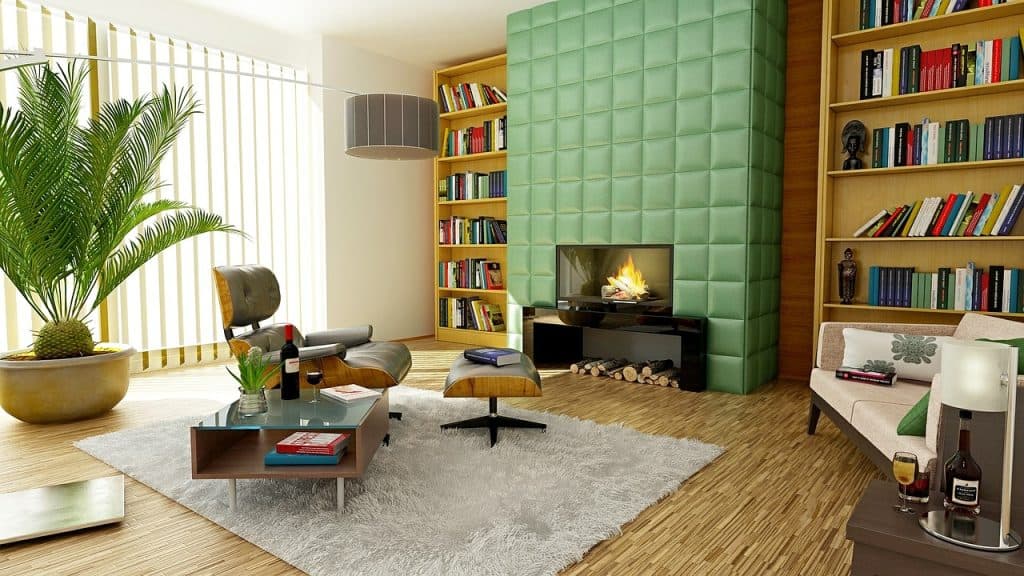
Having one piece of furniture that catches your attention as soon as you enter a room can make all the difference.
In some cases, the focal point will already be present in your room, such as a luxurious chandelier or a fireplace; in other cases, you’ll have to make them yourself.
You can add a large and vibrant painting to act as the focal point and then arrange all of your other furniture items around it.
7. Be Practical
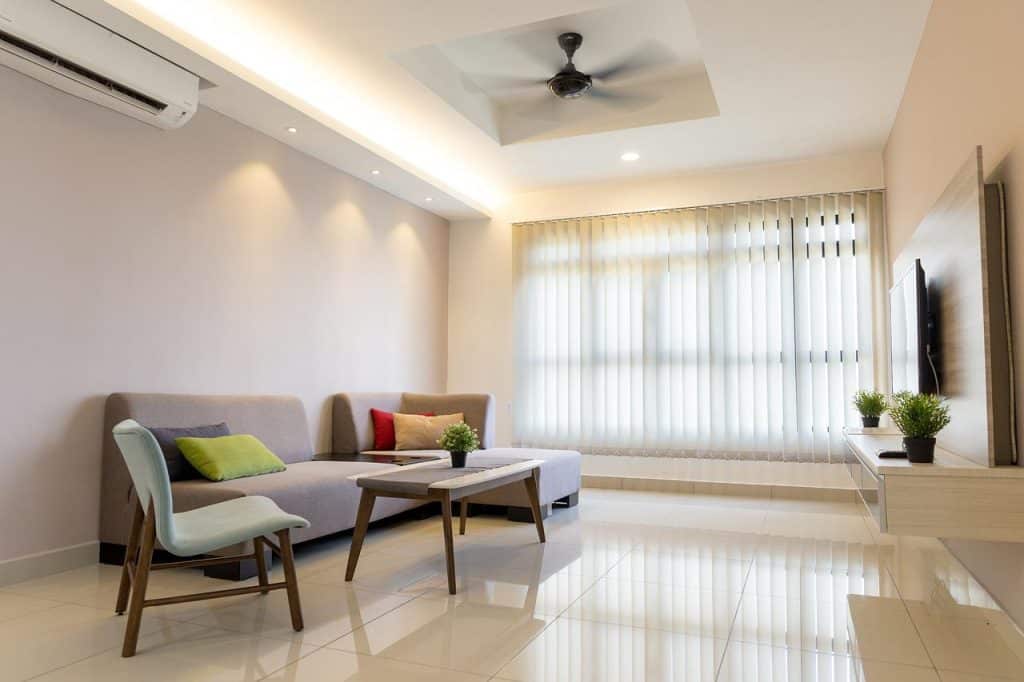
It can be pretty easy to get sidetracked while shopping for furniture, but remember to be practical on your hunt for furniture items.
Only pick out the essential items that will fit perfectly in your room; it’s okay to do some trial and error and splurge on interior decorating, but try not to go overboard.
